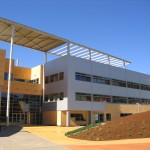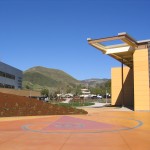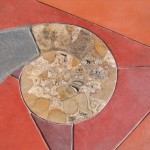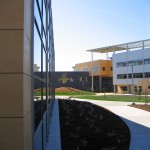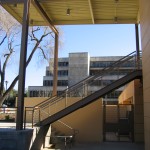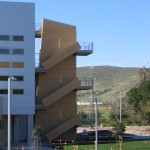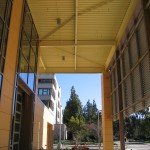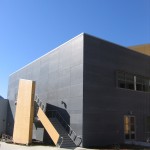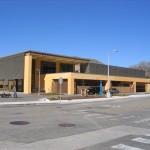One of the newest Revit blogs to hit the Internet is Buildz by Zack Kron. Zach does a really good job exploring the art of modeling complex parametric shapes in Revit. I love going to his site to see what interesting things he’s creating.
A recent surprise on his blog, a few days ago, was the release of a basic script for performing a batch render in Revit 2009 and Revit 2010. Using the script feels like you’re doing some weird voodoo but it gives me hope that we will soon have this capability available to the masses with an easy interface. I don’t think Zach is a trained programmer so even though the script is a bit tricky to use I have to applaud his being able to put something like this together.
If there are any programmer/Revit users out there I would encourage you to take Zach’s script to the next level… or maybe Autodesk can include this function in Revit 2011? Hint Hint.
Download Zach’s Revit Batch Render Script and give it a try!
